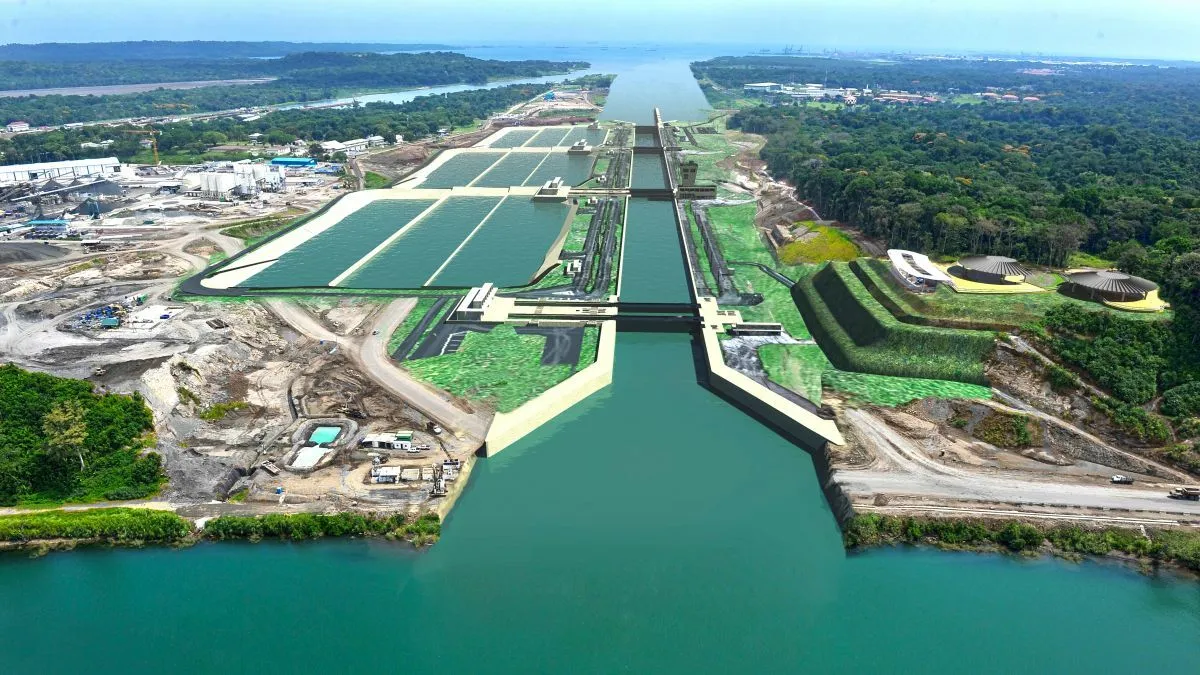The Panama Canal Authority (ACP) today announced a significant increase in daily transits to 24 starting in January.
This decision eases the operational restrictions initially imposed due to a severe water crisis.
The ACP’s move responds to the historically low water levels in Lake Gatún caused by El Niño-induced drought.
October 2023 was the driest month ever recorded in the Canal Basin. This led to the ACP’s initial planning to reduce daily transits.
However, November brought more rainfall than anticipated. This improvement and effective water-saving efforts prompted a revision of the ACP’s strategy.
The updated transit plan, replacing the previous October 30 notice, adapts to changing environmental conditions.

The ACP’s adaptive management approach is crucial in a region prone to climate impacts.
This contrasts with the Suez Canal, which, despite facing environmental challenges, hasn’t required similar transit adjustments.
The Panama Canal’s strategy sets an example for other waterways experiencing environmental stress, balancing operational efficiency with environmental considerations.
Efficient water resource management is increasingly vital for canals globally. The ACP’s flexible transit scheduling serves as a benchmark in sustainable waterway management.
It also highlights the need for infrastructural resilience against climate change.
The Panama Canal’s adjustments have significant economic implications, underscoring the importance of investment in infrastructure and environmental monitoring.
Lastly, the Panama Canal’s experience points to the necessity of contingency planning in canal management.
Strategic planning and flexibility are key to mitigating environmental impacts on global trade.
As climate change continues to influence waterways worldwide, such strategies become essential for maintaining uninterrupted maritime commerce.

